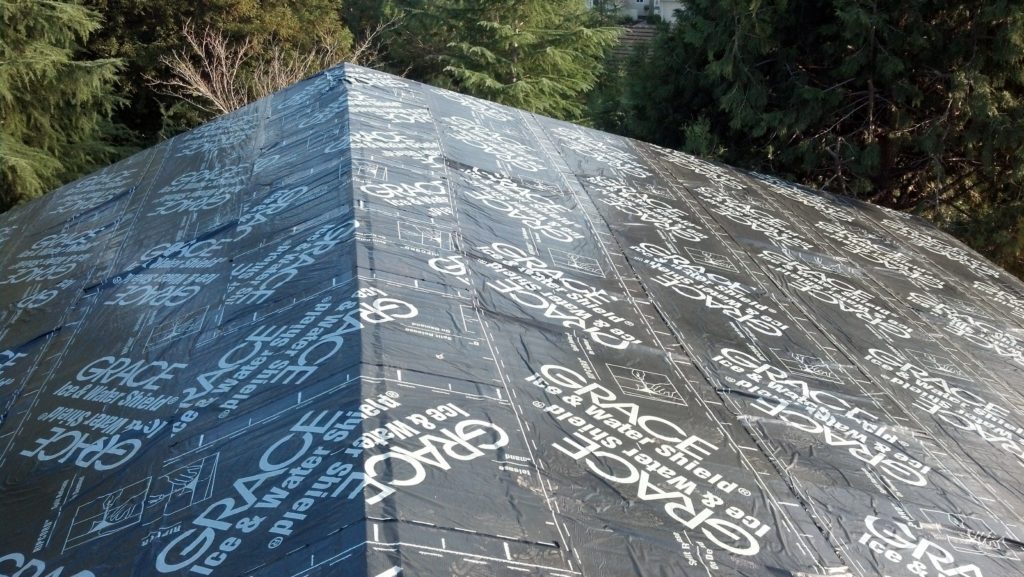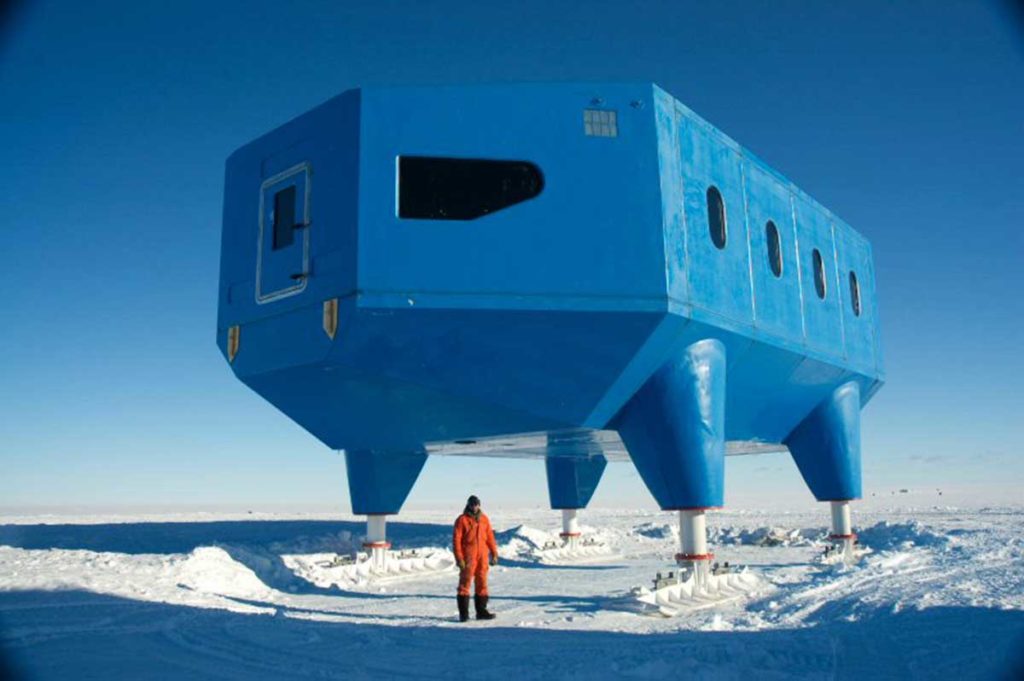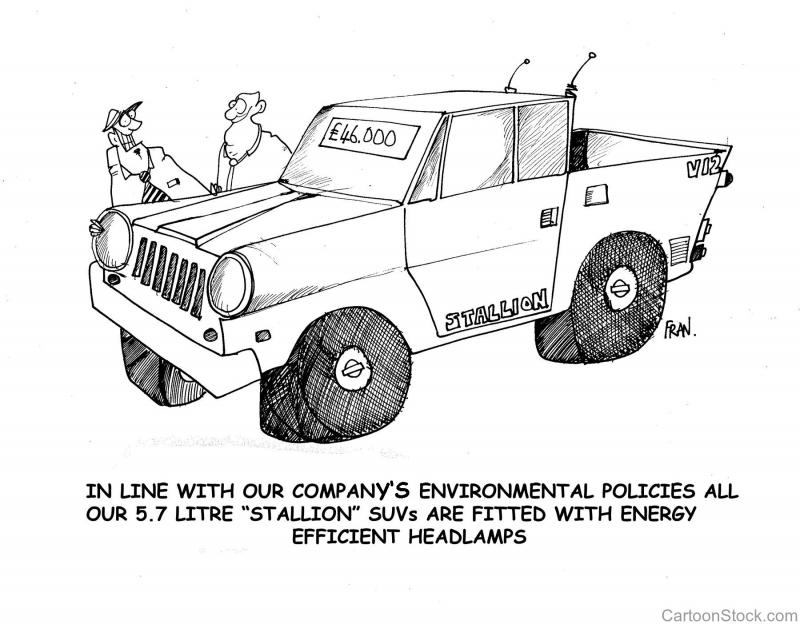We all have a limited budget. If you are fortunate enough to be able to build your own home from scratch here is a simple framework for you to prioritize your spending when aiming for the most efficient house possible with a limited amount of money.
- Control the air.
- Insulate like hell hath frozen over.
- Only use high-efficiency all-electric appliances.
- Thoughtful design.
1. Control the Air

Controlling air movement between the inside and outside is the most important duty of a high efficiency building. It is also one of the least costly items to do correctly up front and has an outsized impact on long term energy efficiency of the house.
- On a standard wood frame structure simply wrap the entire building (except windows and doors) with a peel and stick ice and water shield that is impermeable to pretty much anything.
- Only use high performance windows and doors with excellent seals and gaskets at all operable portions. Awning and Casement windows typically have better seals than double hung windows.
- Control the air exchange with the outside with an Energy Recovery Ventilator (ERV) to reclaim around 80% of the energy that would otherwise be lost when fresh air replaces stale old air.
- Ensure that the frames of the windows, doors, and other penetrations are correctly flashed and sealed to the peel and stick barrier.
2. Insulate to Ridiculousness

After you have created a well controlled indoor air environment it is time to throw as much insulation as you can afford on the OUTSIDE of that air and water barrier. This limits conduction and radiation losses and gains through the external surface of the house. This is expensive up front, but also has a tremendous impact on your energy usage. Furthermore, the insulation when installed as described here protects the structure of your home and the water proofing barrier that keeps it dry.
- Use as much insulation as you can afford.
- Get the highest total R-Value performance windows and doors you can afford.
- Eliminate and minimize thermal breaks to the extent possible.
- Use engineered thermal break materials.
3. High Efficiency Electric Appliances

Improve your indoor air quality and also eliminate 90% of the penetrations through your roof and exterior walls that have a potential for creating air and water leaks by switching all of your indoor appliances to electric. As an added bonus, every appliance you switch from gas to a heat pump almost instantly becomes at least three times more efficient so you can cut your already miniscule at this point energy bill down by another two-thirds.
LED Lighting
Low cost no brainer at this point, if you need an explanation just search for “efficiency of LED lighting versus traditional lighting” on your preferred search engine.
High Efficiency Refrigerator
This is also a pretty low cost added no-brainer at this point. Get the most efficient refrigerator you can afford. Look for well insulated walls, really good door seals, and the lowest kWh per year number you can find for the size you want.
Heat Pumps for Heating, Cooling, Hot Water, and Clothes Drying
For heating and cooling your house air just use a heat pump such as a ductless mini-split. This completely eliminates the need for a furnace and the attendant exhaust flue. In addition to eliminating your carbon footprint and tripling or quadrupling your heating efficiency, the heat pump consolidates both your heating and your cooling to just one penetration through your exterior wall for the refrigerant lines. You can also use a heat pump boiler if you want to have radiant heat in your home.
For heating your hot water use a heat pump hot water heater. For some climates you may want a split unit.
For drying your clothes, use a vent-less heat pump clothes dryer. Sometimes this can even be a 2-in-1 combo washer and dryer in one appliance that is all electric and doesn’t need to vent to the outside.
Electric Cooking
Induction cooktops are the way. Don’t get an electric resistance cooktop. Electric resistance cooktops suck to use and they are less efficient at around 60%. Induction cooktops on the other hand are 90% efficient at converting electricity to hot food. Perhaps more importantly, they are super responsive when cooking. This yields a cooking experience that is equal to and, with a good induction cooktop, even better than gas. Induction cooktops are the future of stove top cooking. That has been the case for like 30 years now. The only thing to be careful of is that your cookware has to be magnetic to work. You may have to get new pots and pans.
For the oven it is as simple as selecting the electric oven you like.
4. Thoughtful Design

With the above measures in place, most normal looking houses will perform very efficiently and last a while. Making a building that lasts a long time is also important from an energy perspective. These last few priorities should be taken care of as a part of the design process of any good architect worth their salt.
Orientation and Glass
Be wary of any expanses of very large glass as they will impact your thermal performance. Furthermore, poor orientation of these windows due directly West may lead to issues with glare, excessive heat gain, and excessive thermal stresses. Poor shading of windows that are exposed to direct sunlight for long periods of the day may also lead to excessive heat gain when it is not desirable and premature aging of seals and hardware. Of course, if that is where the best view is, then by all means, put the biggest and best windows facing that way!
Roofing
Roof forms with large over hangs are easier to maintain over the long run and also minimize potential for water penetration. Make it easy for water to flow off of and away from your walls and don’t create any dams or low slope valleys on your roof. It is also a good idea to keep roof forms simple to minimize material usage and installation complexity that can lead to leaks.
Appropriate Sizing
Do you really need that extra room? Do you really need that extra lighting fixture? Eliminating square footage and fixtures and appliances is the easiest and cheapest way to cut costs on a project. Re-evaluate your list of needs and wants and see if you can get away with a slightly smaller house with a few less features. I left this for last because it really is the most important point.

